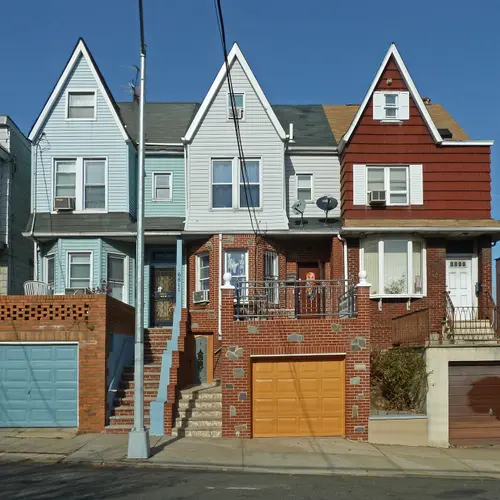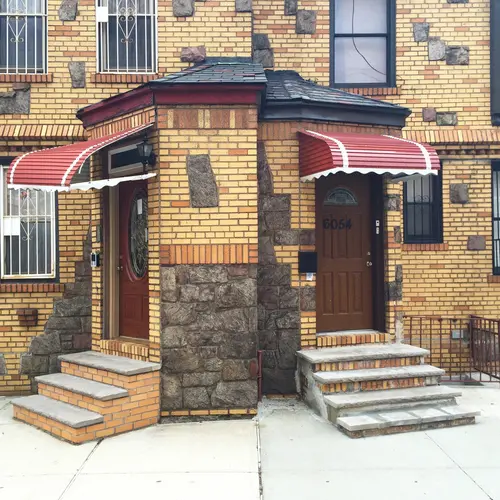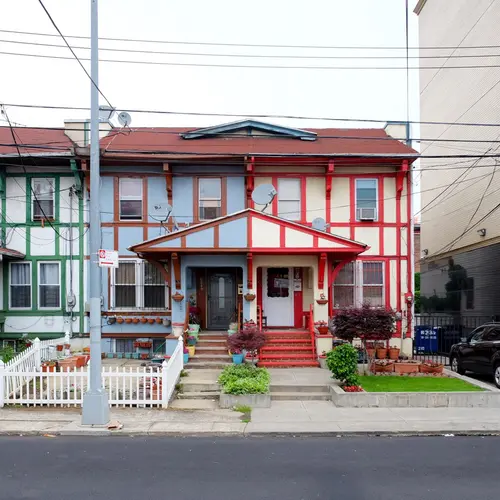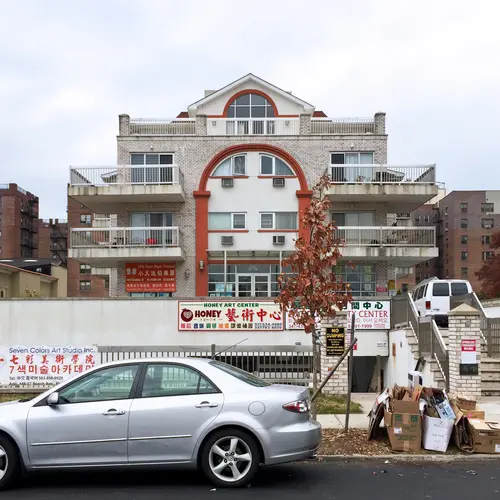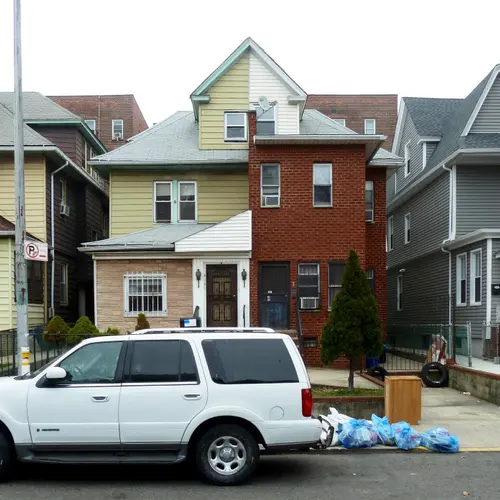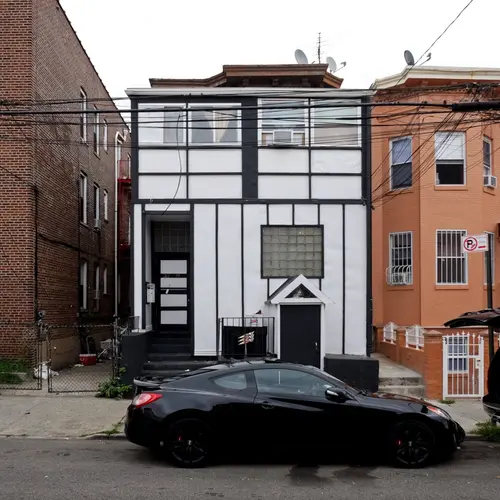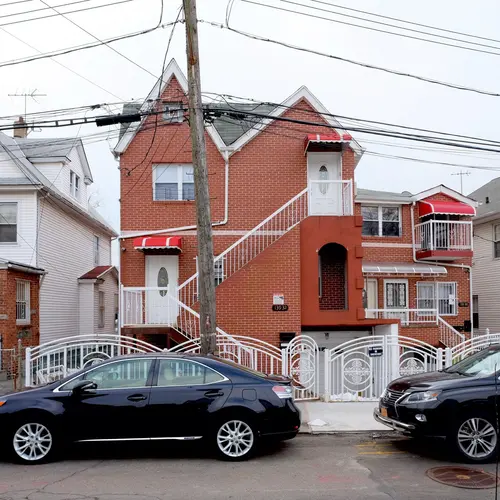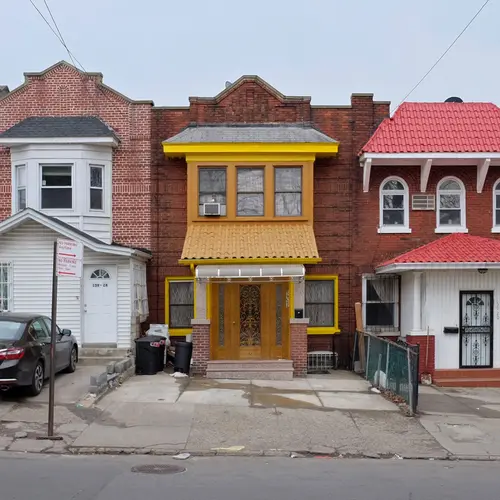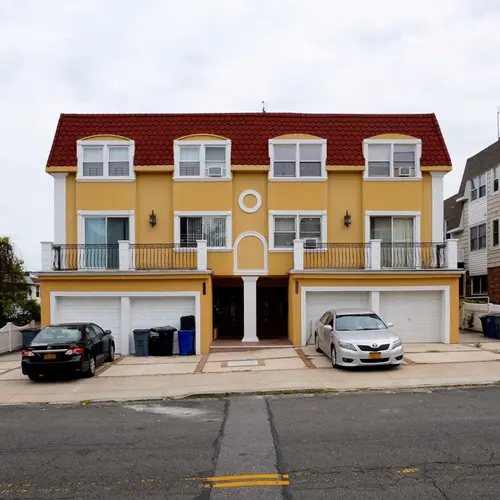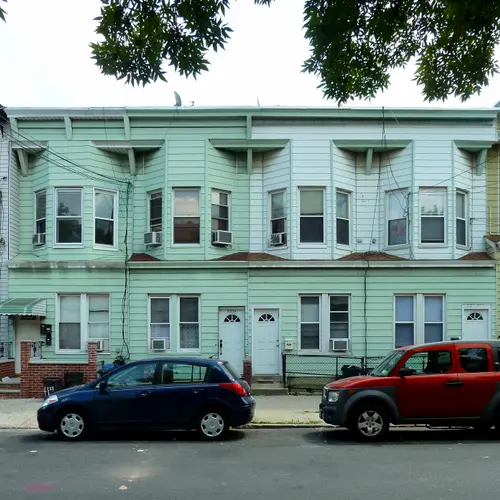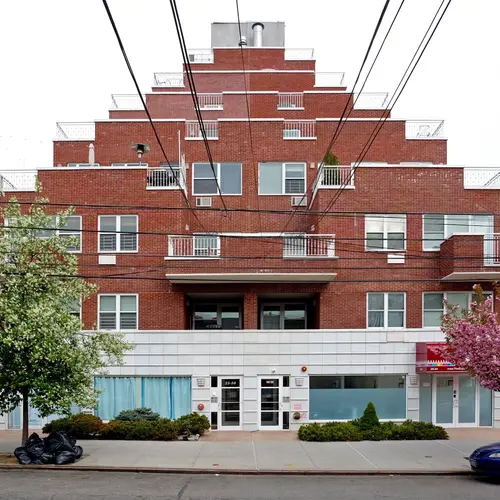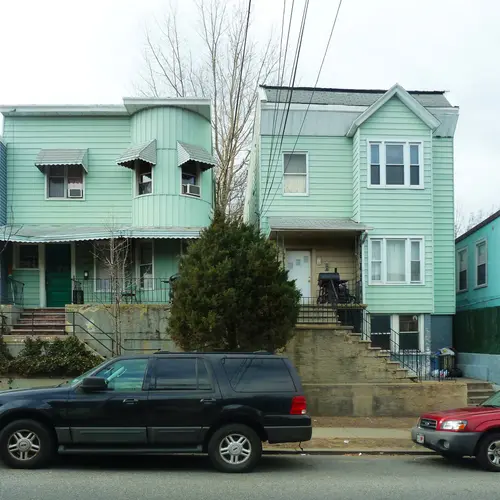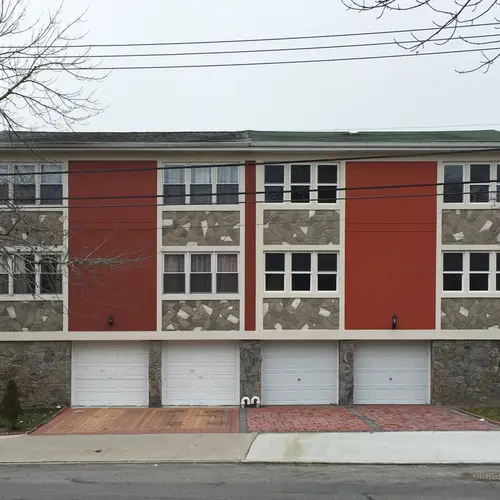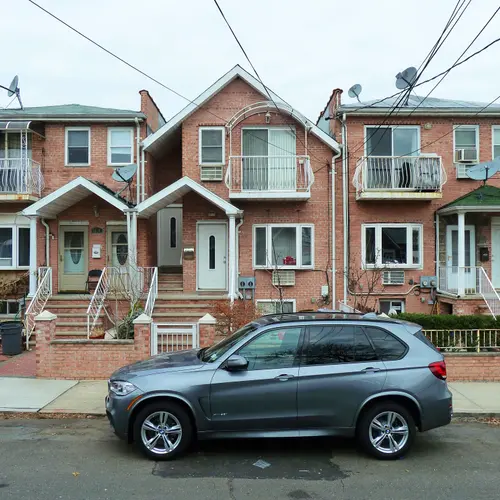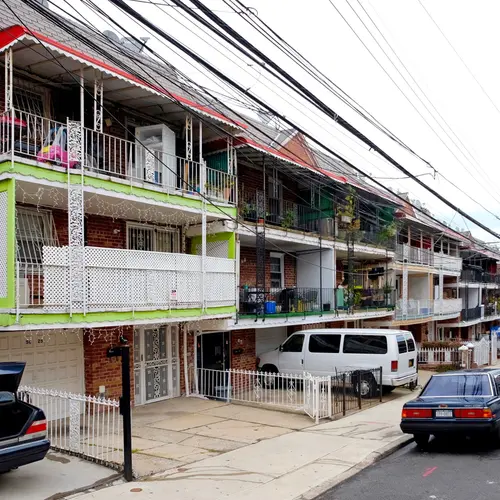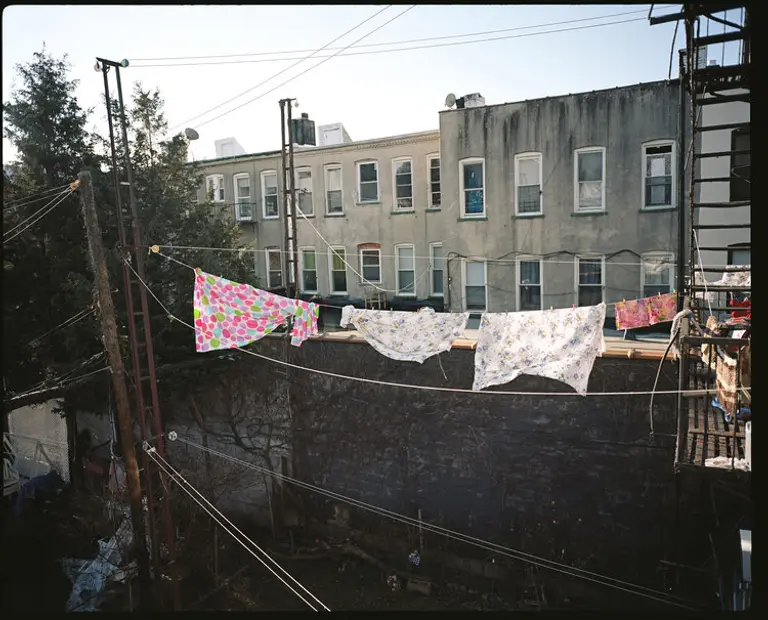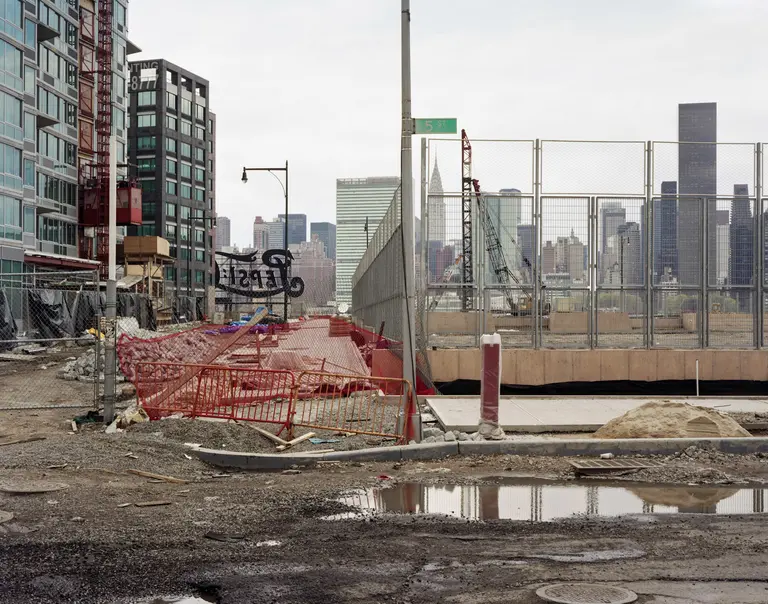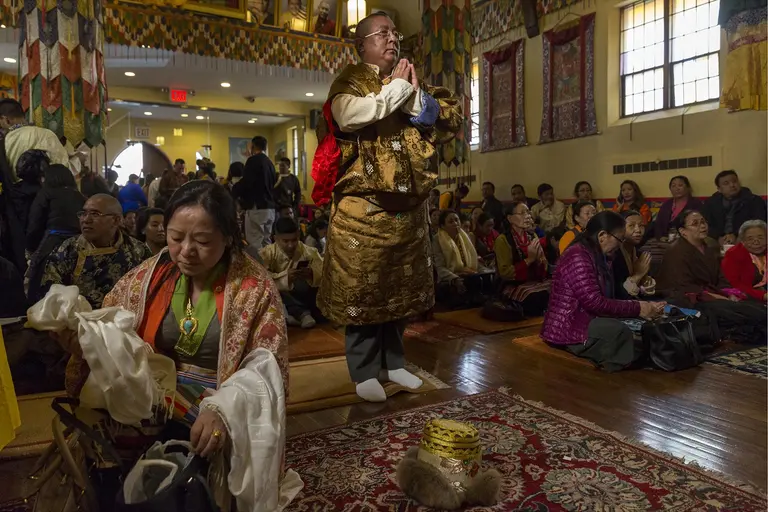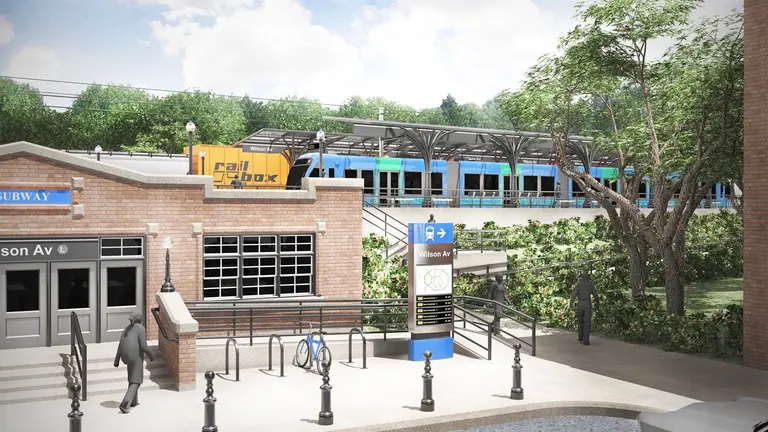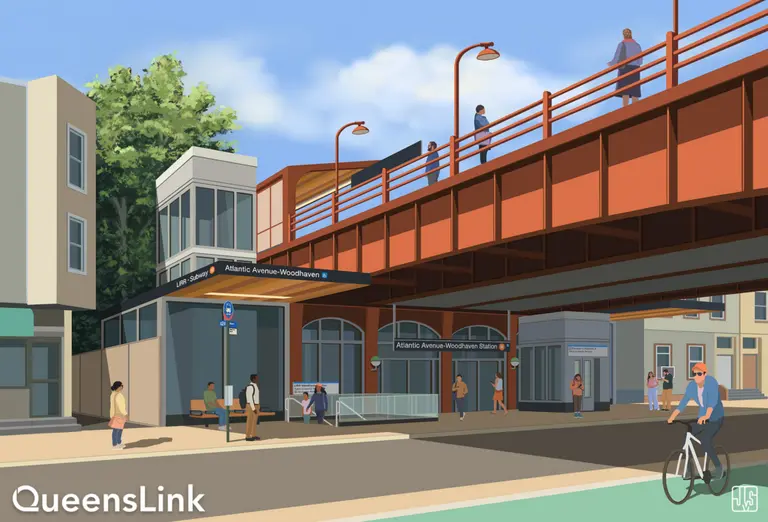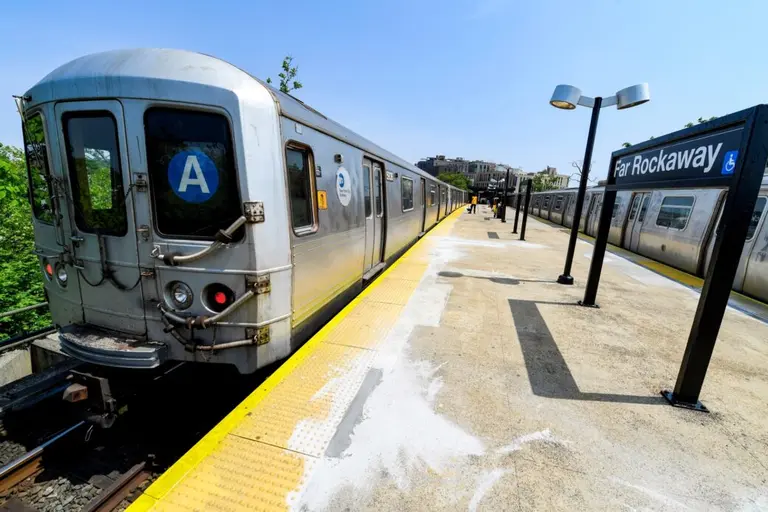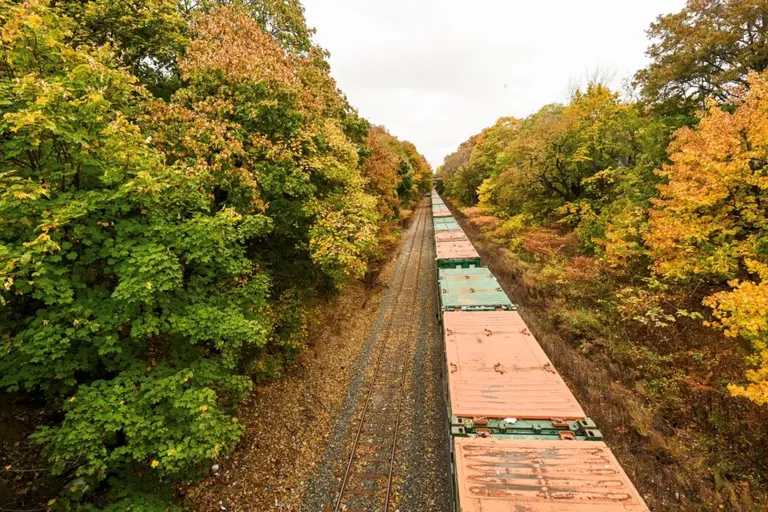The Urban Lens: ‘All the Queens Houses’ tells the story of NYC’s most diverse borough
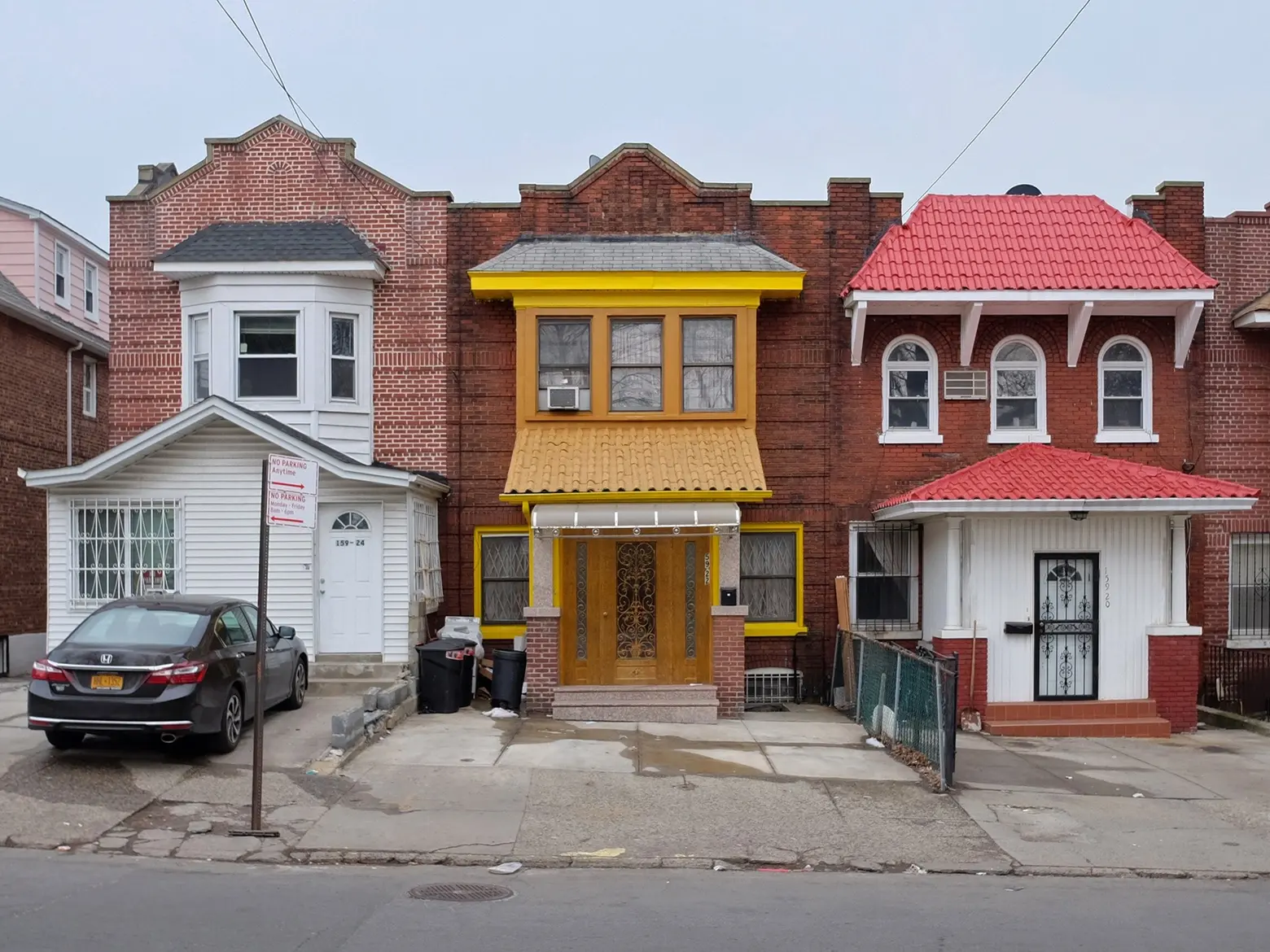
Eclectic Row. Briarwood, NY. 2017. © Rafael Herrin-Ferri
6sqft’s series The Urban Lens invites photographers to share work exploring a theme or a place within New York City. In this installment, Rafael Herrin-Ferri shares a portion of his photographic survey “All the Queens Houses.” Are you a photographer who’d like to see your work featured on The Urban Lens? Get in touch with us at tips@6sqft.com.
Spanish-born architect, artist, and Sunnyside resident Rafael Herrin-Ferri began photographing Queens’ low-rise housing stock back in 2012 after being struck by the borough’s unique combination of attached and detached houses and small apartment buildings. Inspired by the fact that Queens is one of the most ethnically and linguistically diverse places in the world, Herrin-Ferri wanted to capture the “layers of culture and the blending of neighborhoods” through these eclectic houses.
Fast forward five years and 5,000 photographs and his work is now the focus of an Architectural League of New York exhibit “All the Queens Houses,” which features 273 snapshots of individual houses in as many as 34 neighborhoods. Ahead, see Rafael Herrin-Ferri’s favorite of the bunch and hear from him on how he got into the project and why he loves Queens.
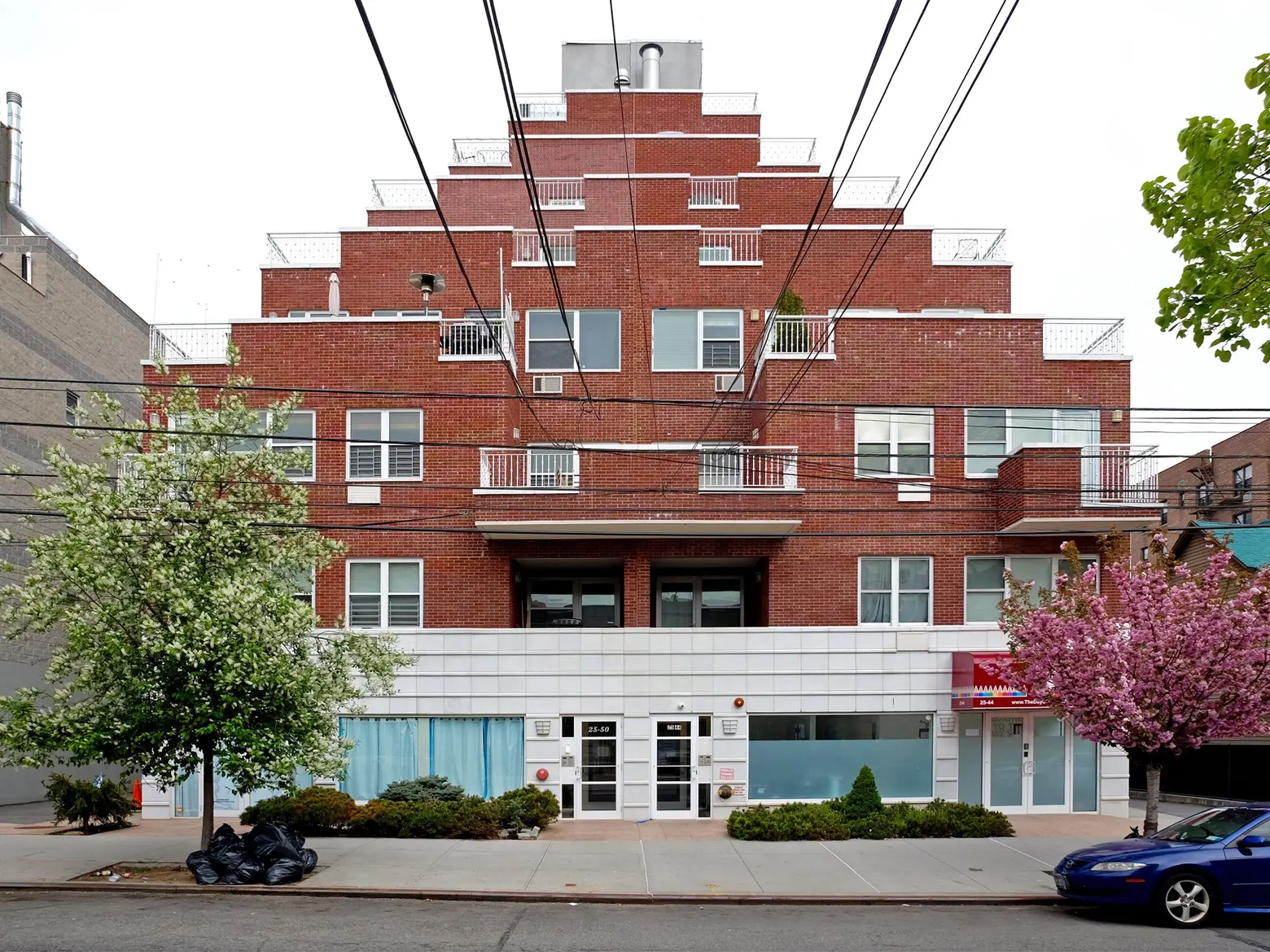
Wedding Cake Condo. Astoria, NY. 2017. © Rafael Herrin-Ferri
You’re an architect by trade. Have you always been into photography?
Yes, especially architectural photography. In middle school, my parents bought me my first camera—a 35mm Minolta (from B&H!) and had it brought over to Spain for me to use. We were living in Seville at the time and it really helped to open my eyes to the surrounding Andalusian beauty, including its architecture. From that point on I became interested in architecture through photography and especially in the sort of everyday “found” architecture that photographers such as Eugene Atget, Bernd & Hilla Becher, and Jordi Bernardo (among others) highlighted in their work.
Tell us a bit about your personal connection to Queens and what inspired you to start the series.
It is the first place I lived in New York City after moving back from Barcelona in 2003. I shared a loft in Long Island City with a couple of artists for a few months while I looked for a job and got to explore a bit of Western Queens at that time. Some of my first photos of the borough were in the light industrial streets of Sunnyside after visiting MoMA PS1 and the temporary location of the African Art Museum and Noguchi Museum on 43rd Avenue. Fast forward five years and I am back on 43rd Avenue in a garden co-op apartment building with my wife. A couple years later our daughter was born.
I started All the Queens Houses after an intense period of collage-making when I realized that the multi-cultural composition of the borough was organically producing “collaged” street elevations of highly eclectic houses with many layers of adaptations and renovations. The series was inspired by Bernd and Hilla Becher’s typological studies, Atelier Bow-Wow’s Made in Tokyo, and the aleatoric and optimistic explorations of the Boyle Family.
What do you think makes Queens so special?
Queens is among the most diverse places on the planet–if not the most diverse–and how this is manifested in the housing stock is utterly fascinating. The initial developments and housing tracts of the Northern Europeans settlers (Dutch, English, Germans, etc.) have undergone myriad adaptations by subsequent waves of immigrants, each with their own cultural references and ideas of “home.” Many combinations of materials, colors, and ornamentation can be seen on new building features that are added to dress up a typically bland “base” architecture.
The neighborhoods of Queens were not so long ago discreet villages with their own town centers separated by farmland–or cemeteries–but have now fused together by a patchwork of street grids that shift and warp to fill in the gaps between the old country roads and the new traffic arteries and infrastructure. Most retain a quaint nexus of streets with a more modernized commercial strip nearby.
I find it very fitting that there is actually a neighborhood called “Utopia” in the northeastern section of the borough since this captures Queens’ essence most perfectly. Not in the idealized sense the developers probably meant, but in the literal Greek meaning of “no-place,” or in other words, no place with a singular identity.
How long did it take you to take all 5,000 photos?
Approximately five years. The 5,000 photos are not all exhibition quality, mind you. Also, some of them are different angles or details of the same houses.
How did you narrow it down to the 273 in the exhibit?
273 just happened to be the number of photos that it took to fill the walls of the League’s exhibition space. Since I wanted a continuous scrolling effect—like a long tracking shot in a movie—that was the number it turned out to be. If the walls were a foot longer it would have been 283 photos.
Do you plan to expand the series in the future?
Yes, it might take me the rest of my life but I would like to survey every residential street in Queens. I’m sure there are many more gems out there!
If you could only focus on one Queens neighborhood what would it be and why?
Corona. There is a great demographic mix (much more than just Mexican), many different building types, good urban density, and varied street patterns.
If you had to live in a different borough, what neighborhood would you choose?
If I had to give up the incredibly varied streetscape of Queens I would probably opt for the varied topography of the Bronx. I am not that familiar with the borough but from what I have seen there are well-defined communities within its hills and valleys and the streets are typically not that straight!
Any other projects you’re working on that you can tell us about?
Just the never-ending “chess game” of rearranging our one-bedroom apartment to accommodate our growing daughter, family pets, and plant collection. Luckily, I adopted a language of steel shelving, unistrut, and recycled wood wine boxes early on that allows each change to maintain some harmony with what is already there.
▽ ▽ ▽
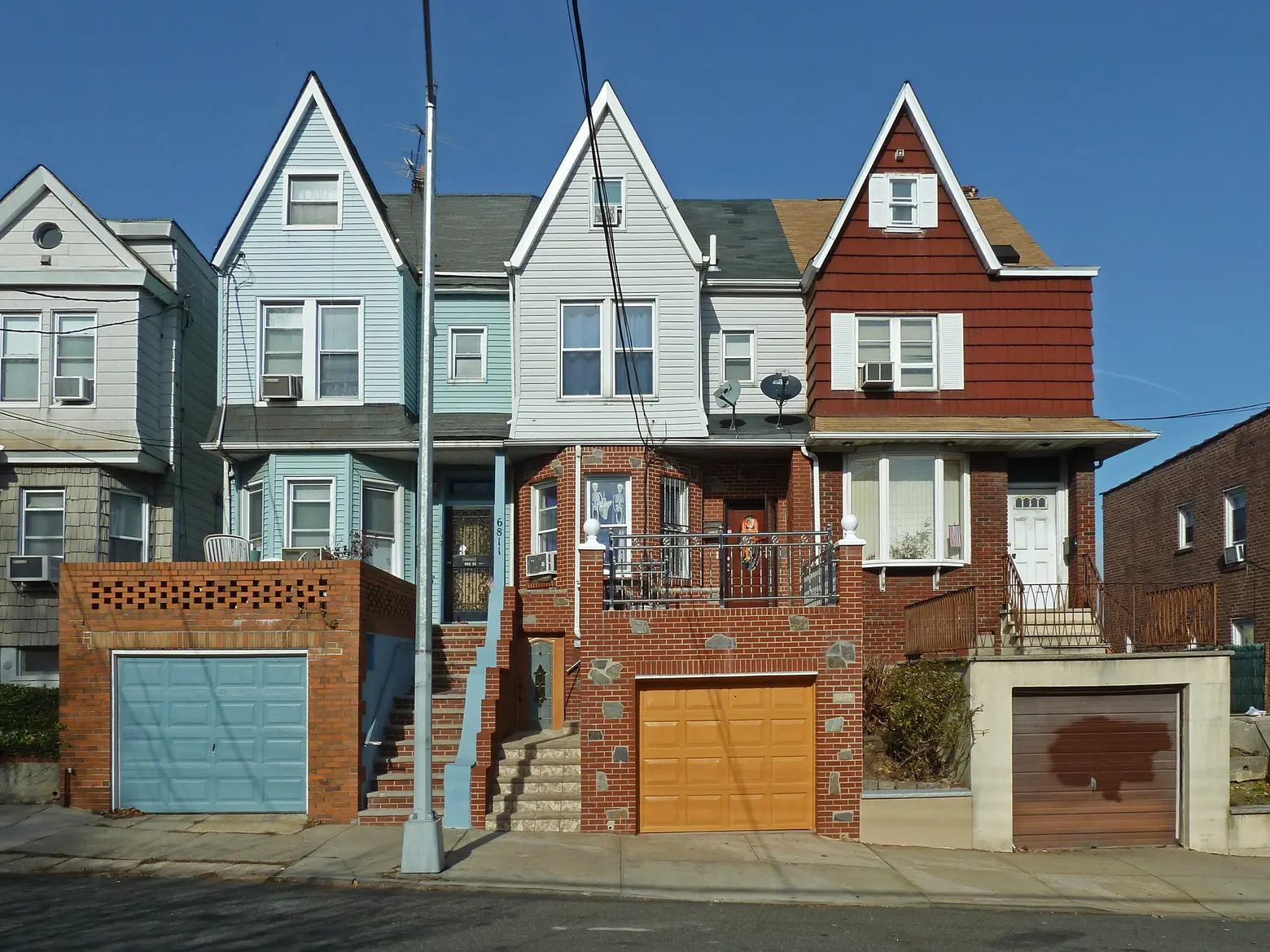 Triple-Peak Row with Terraced Garages. Maspeth, NY. 2014. © Rafael Herrin-Ferri
Triple-Peak Row with Terraced Garages. Maspeth, NY. 2014. © Rafael Herrin-Ferri
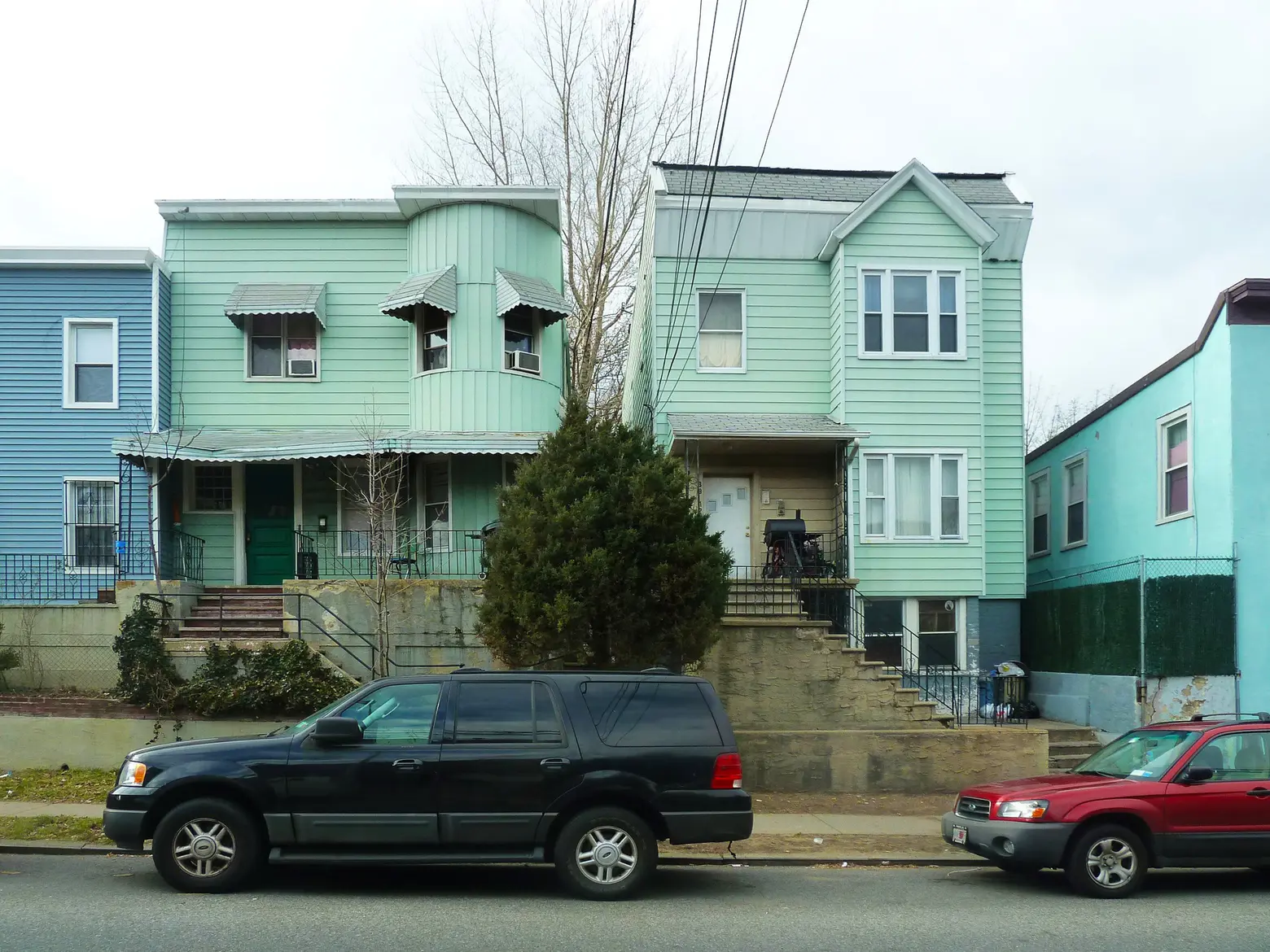 Mint Green Separated Twins. Woodside, NY. 2016. © Rafael Herrin-Ferri
Mint Green Separated Twins. Woodside, NY. 2016. © Rafael Herrin-Ferri
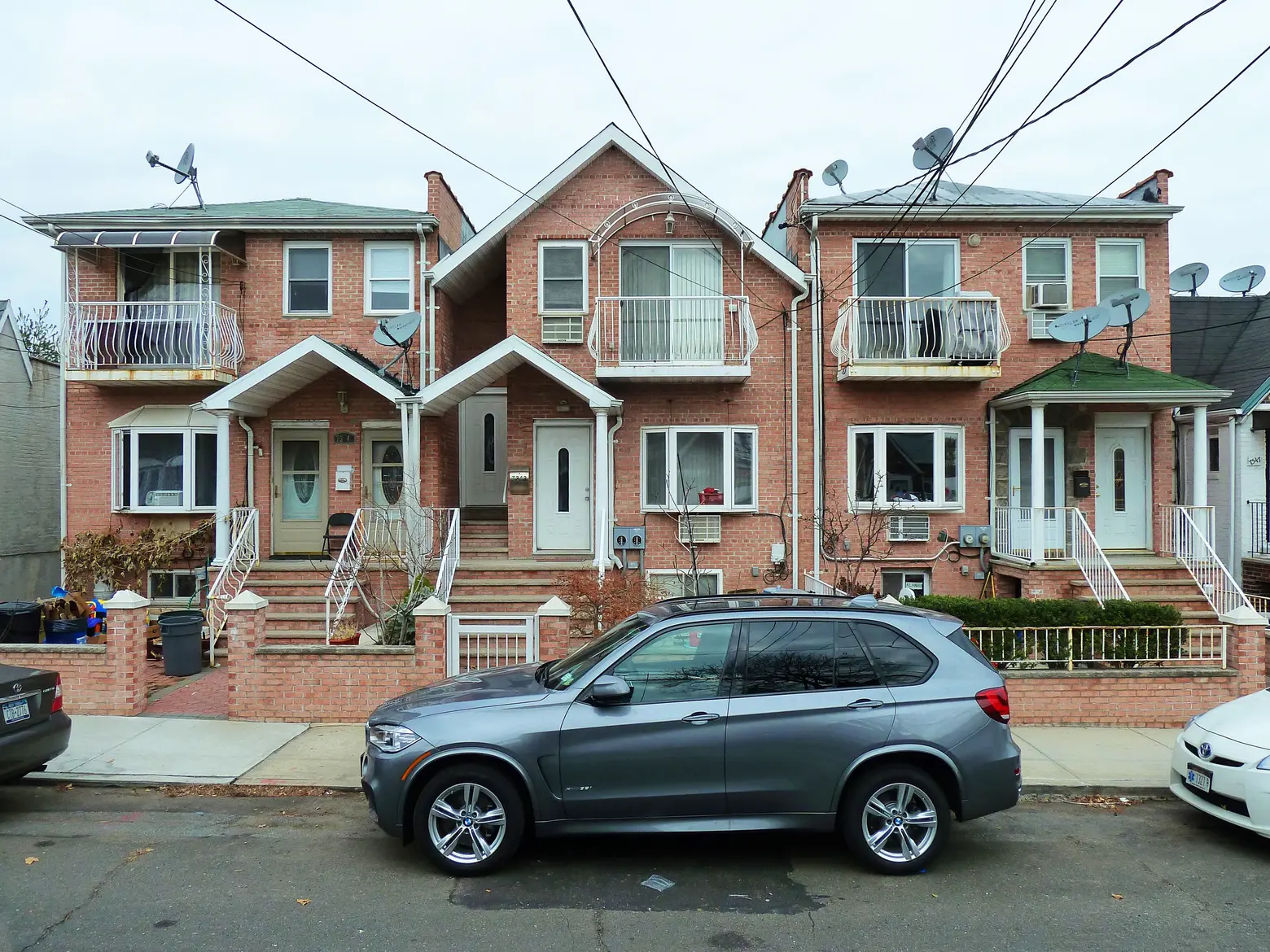 Pink Syncopation. Maspeth, NY. 2014. © Rafael Herrin-Ferri
Pink Syncopation. Maspeth, NY. 2014. © Rafael Herrin-Ferri
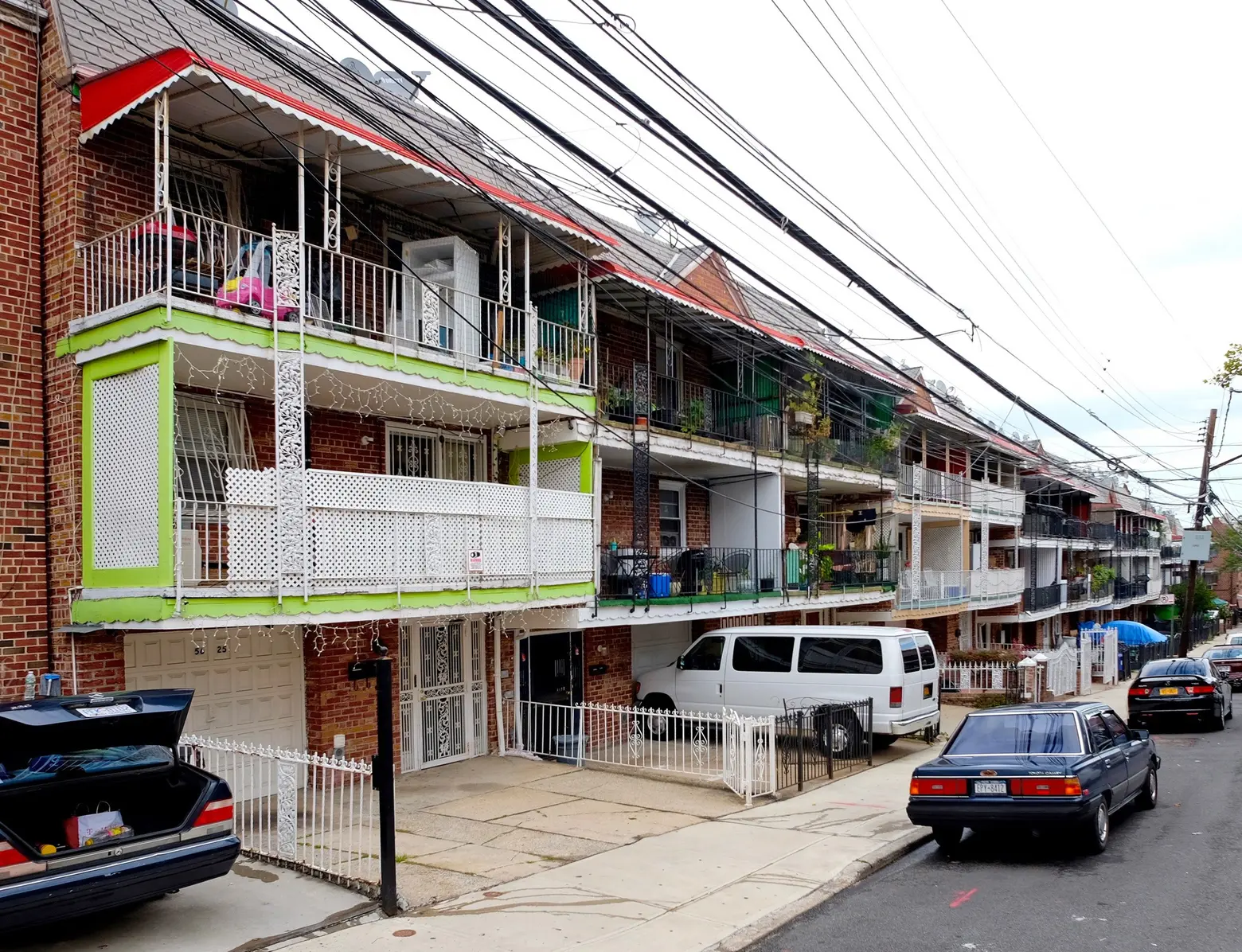 The Caged Balconies of Van Cleef Street. Corona, NY. 2013. © Rafael Herrin-Ferri
The Caged Balconies of Van Cleef Street. Corona, NY. 2013. © Rafael Herrin-Ferri
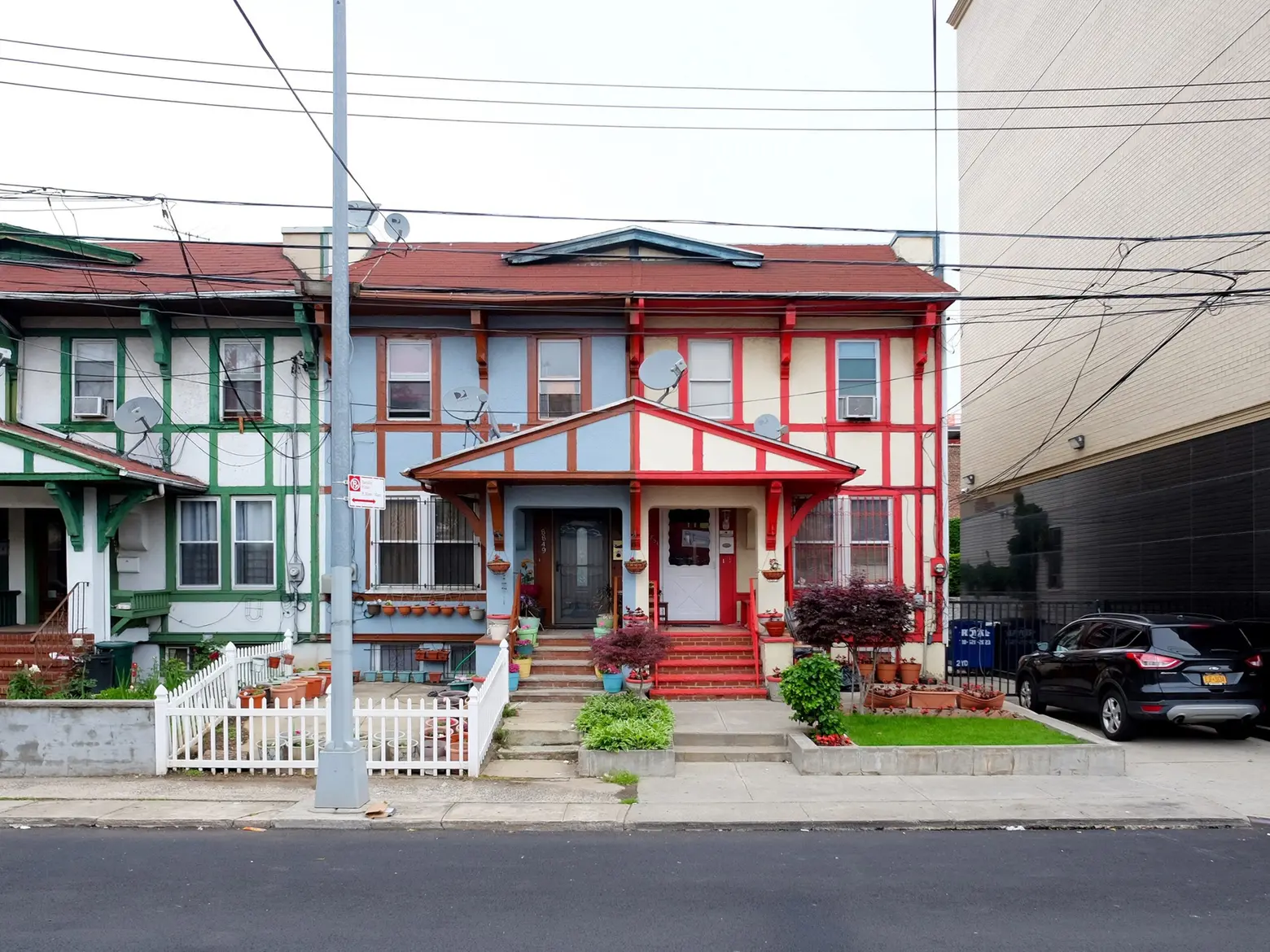 Technicolor Tudorized Row. Jamaica, NY. 2017. © Rafael Herrin-Ferri
Technicolor Tudorized Row. Jamaica, NY. 2017. © Rafael Herrin-Ferri
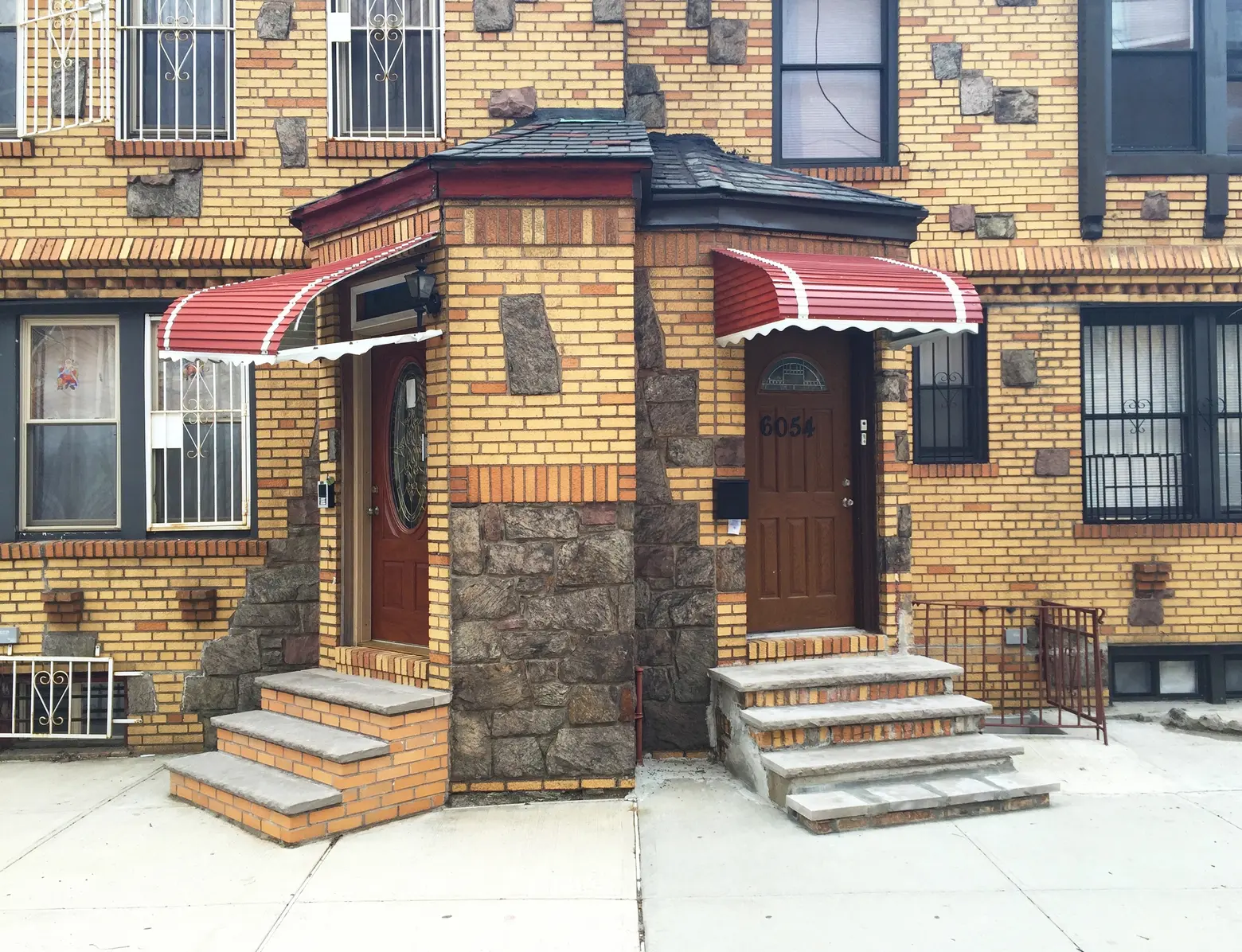 Splayed Brick-and-Stone Rusticated Entry Porch. Maspeth, NY. 2015. © Rafael Herrin-Ferri
Splayed Brick-and-Stone Rusticated Entry Porch. Maspeth, NY. 2015. © Rafael Herrin-Ferri
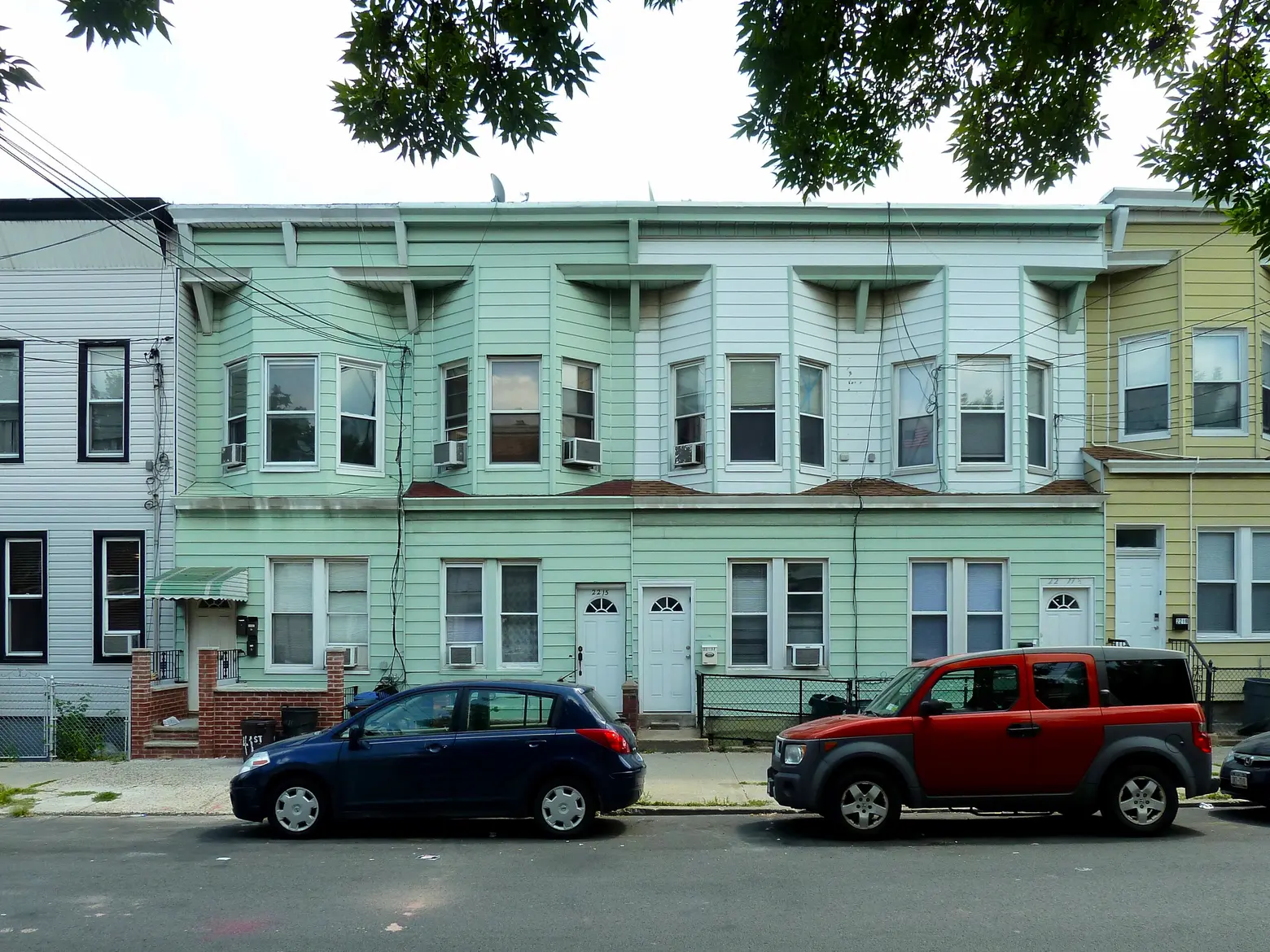 Inverted Green Bay Row. Astoria, NY. 2015. © Rafael Herrin-Ferri
Inverted Green Bay Row. Astoria, NY. 2015. © Rafael Herrin-Ferri
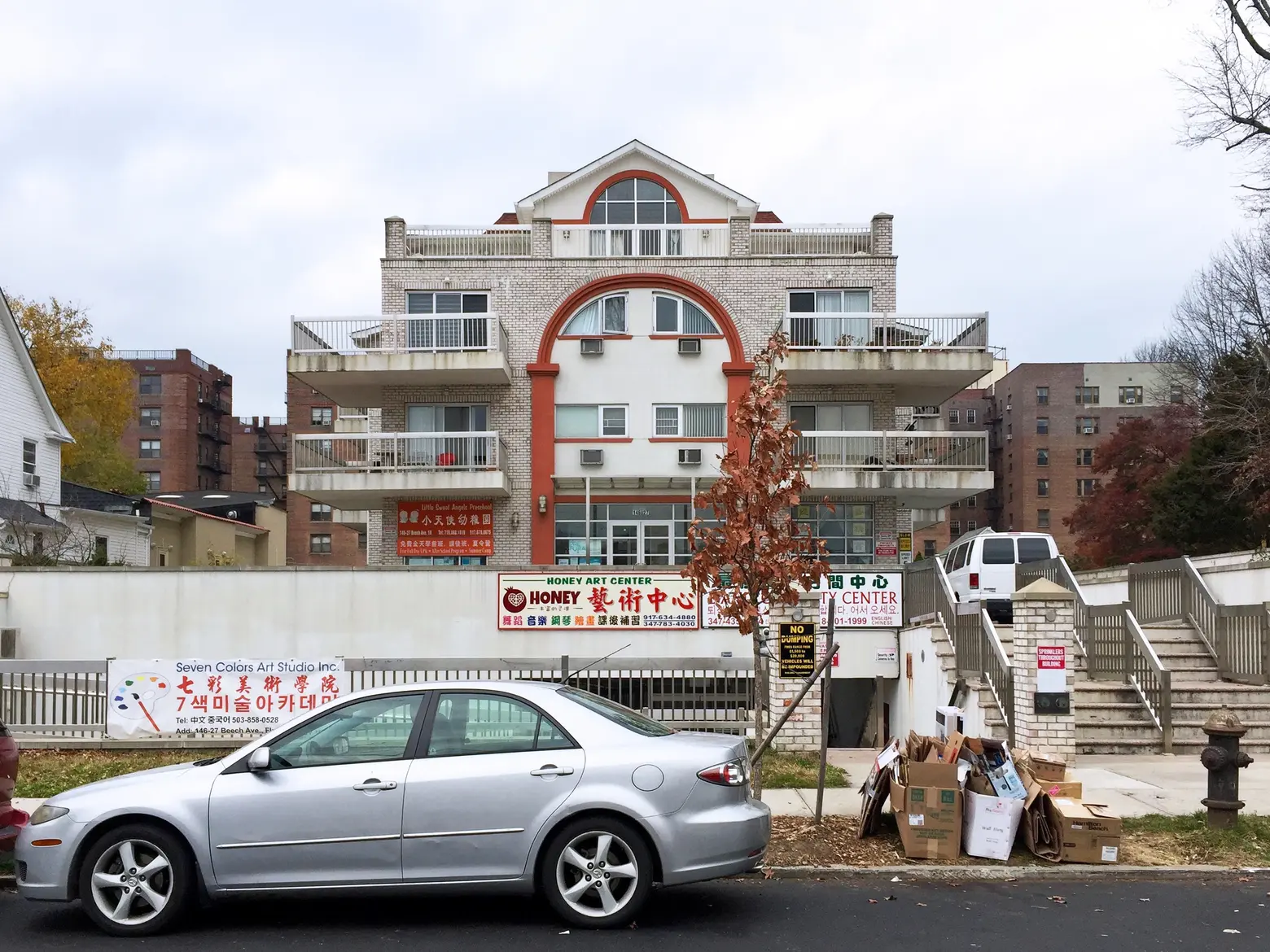 Palladian Fantasy Condo on Parking Plinth. Flushing, NY. 2017. © Rafael Herrin-Ferri
Palladian Fantasy Condo on Parking Plinth. Flushing, NY. 2017. © Rafael Herrin-Ferri
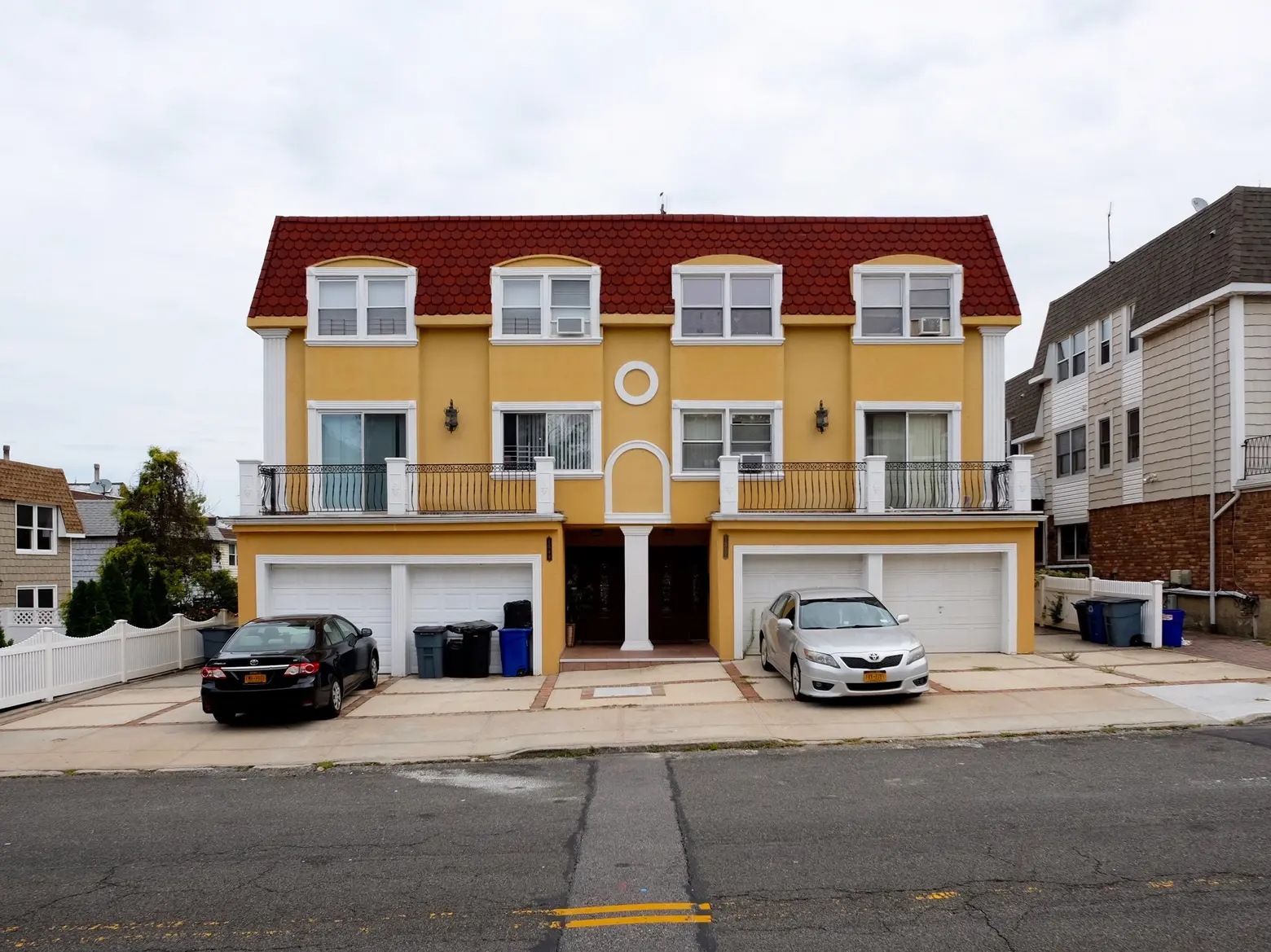 Graves by the Bay. Bay Terrace, NY. 2017. © Rafael Herrin-Ferri
Graves by the Bay. Bay Terrace, NY. 2017. © Rafael Herrin-Ferri
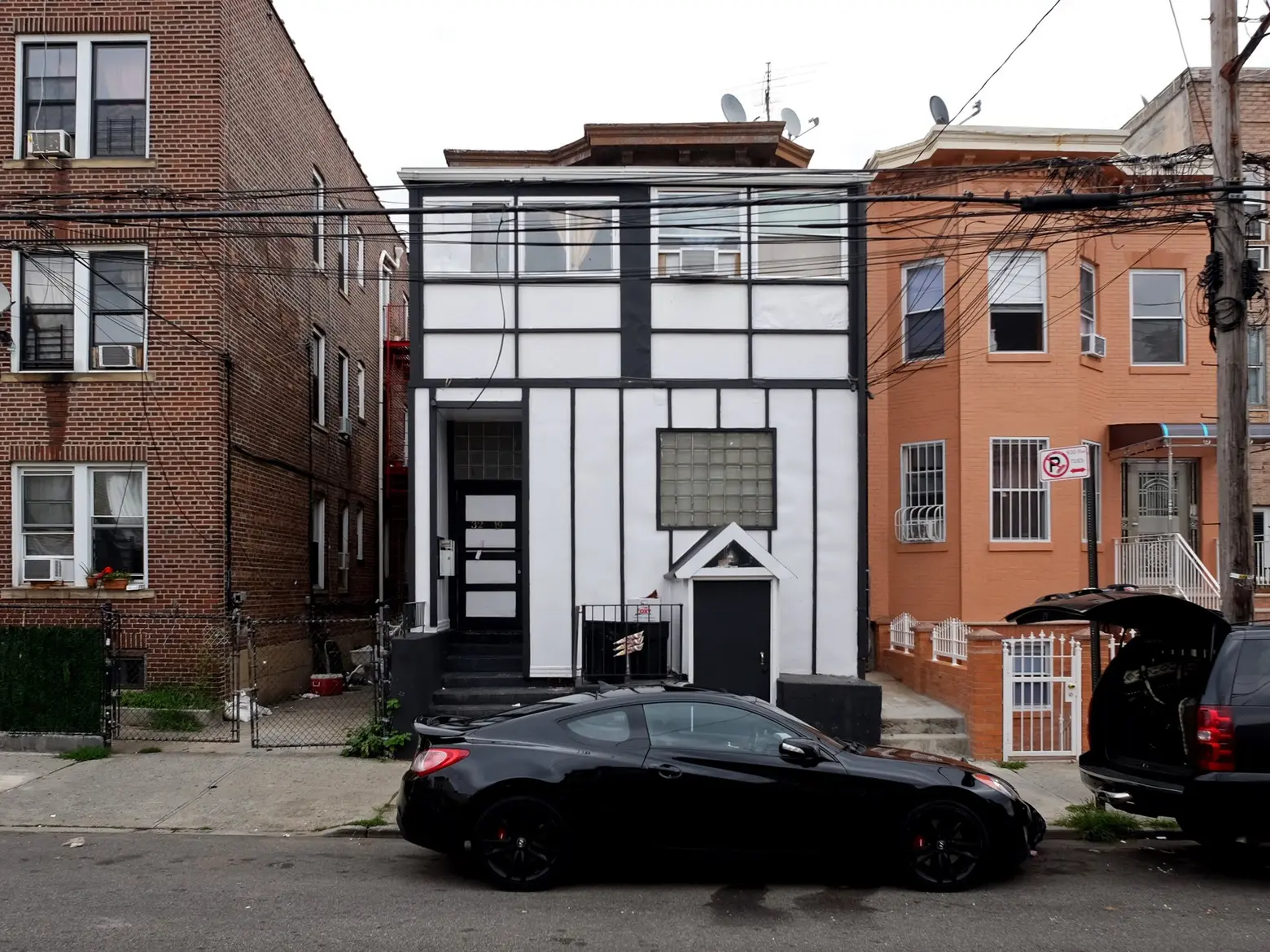 East Elmhurst Gropius. East Elmhurst, NY. 2017. © Rafael Herrin-Ferri
East Elmhurst Gropius. East Elmhurst, NY. 2017. © Rafael Herrin-Ferri
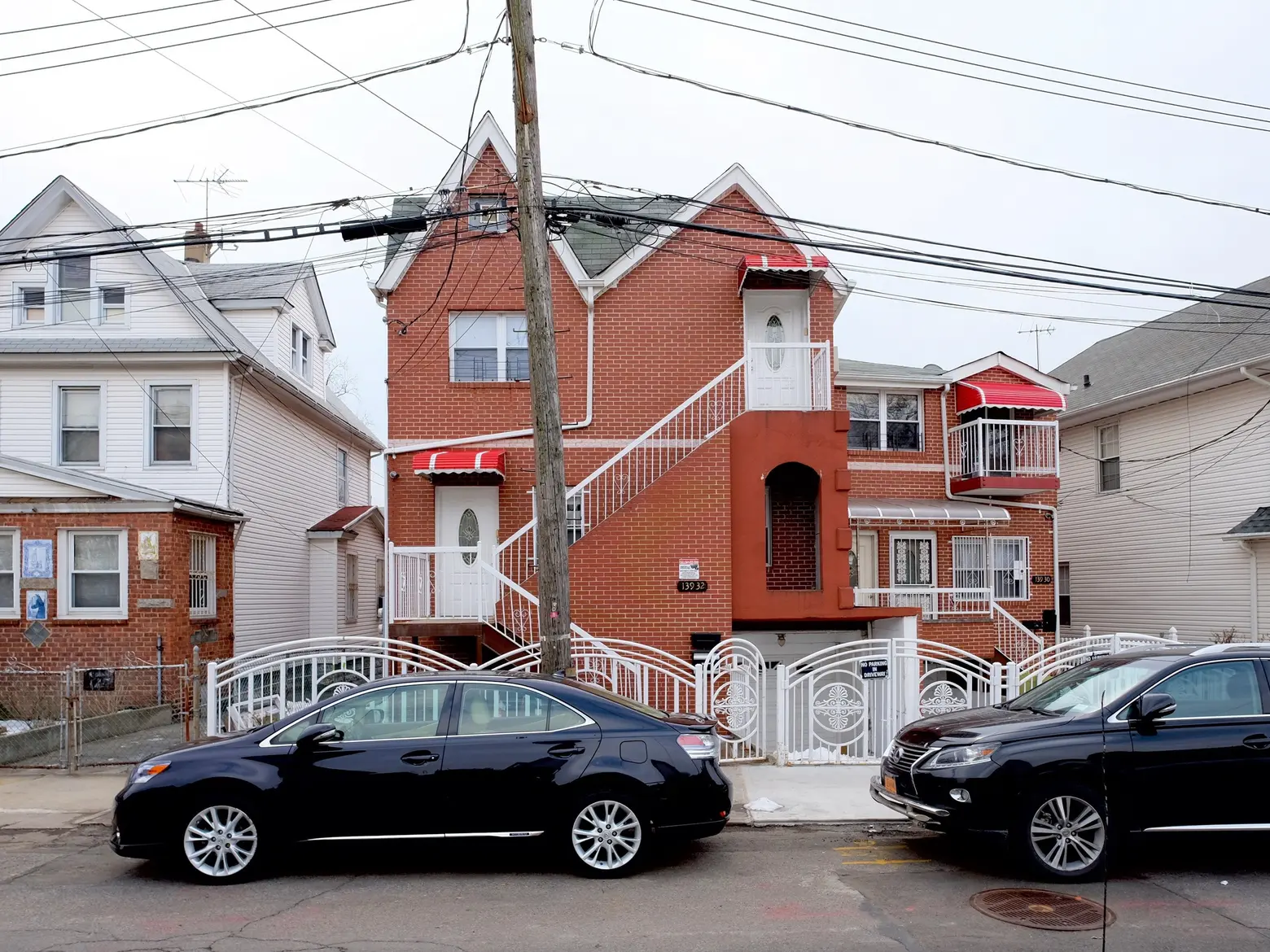 “Mon Oncle” Visits Queens. Briarwood, NY. 2017. © Rafael Herrin-Ferri
“Mon Oncle” Visits Queens. Briarwood, NY. 2017. © Rafael Herrin-Ferri
 Minimal Traditional Condo with Color Blocking. Whitestone, NY. 2016. © Rafael Herrin-Ferri
Minimal Traditional Condo with Color Blocking. Whitestone, NY. 2016. © Rafael Herrin-Ferri
All the Queens Houses is on view at the Architectural League through December 15th on Fridays from 2 to 5pm. The League will host a talk and reception with Herrin-Ferri and urban historian Joseph Heathcott on November 9, 2017. Find out more here >>
All photographs © Rafael Herrin-Ferri
